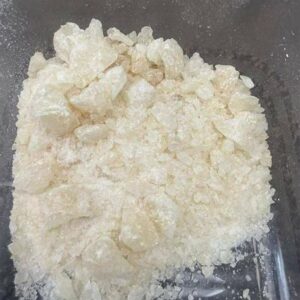In recent years, the term “sprayed weed” has emerged within discussions about cannabis use, particularly in the context of synthetic additives or contamination. sprayed weed generally refers to marijuana that has been coated with chemical substances, synthetic cannabinoids, or other harmful compounds to enhance its potency, appearance, or market value. While it may look or smell like natural cannabis, the risks associated with sprayed weed are significantly higher than with unaltered cannabis.
What Is Sprayed Weed?
Sprayed weed typically involves the application of synthetic chemicals onto cannabis flowers. These can include:
- Synthetic cannabinoids: Lab-made chemicals that mimic THC, the primary psychoactive compound in marijuana.
- Pesticides or fertilizers: Harmful chemicals that may remain on the plant due to improper cultivation.
- Other substances: In some cases, dealers have sprayed weed with industrial oils, embalming fluids, or other toxic substances to increase weight or alter effects.
The goal of spraying is often to make the weed more potent or visually appealing, but the end product is unpredictable and dangerous.
Dangers of Sprayed Weed
Using sprayed weed can lead to a range of health risks, including:
- Severe psychological effects: Anxiety, paranoia, hallucinations, and even psychosis can occur, especially with synthetic additives.
- Physical health issues: Nausea, vomiting, rapid heart rate, and elevated blood pressure have been reported.
- Toxicity: Depending on the chemicals used, sprayed weed can cause organ damage, neurological problems, or poisoning.
- Unpredictable potency: Synthetic chemicals can be many times stronger than natural THC, making dosage extremely difficult to control.
How to Identify Sprayed Weed
Detecting sprayed weed can be challenging, but there are some warning signs:
- Unusual smell: A chemical or perfumed odor instead of the natural scent of cannabis.
- Shiny or oily appearance: Some sprayed weed appears unnaturally glossy or sticky.
- Excessive powder or residue: A visible layer of residue on the buds may indicate added substances.
- Unexpected effects: If the high feels unusually intense, disorienting, or toxic, it may be sprayed.
Staying Safe
The safest approach is to only obtain cannabis from regulated sources where quality and safety are monitored. Avoiding street-purchased weed, particularly from unknown or unreliable sources, significantly reduces the risk of exposure to sprayed or adulterated products.
Conclusion
Sprayed weed represents a dangerous evolution in the black-market cannabis trade. While it may promise a stronger high, the health risks far outweigh the benefits. Users should educate themselves about the potential dangers, recognize warning signs, and prioritize safety by choosing verified and tested cannabis products. Awareness and caution are key to preventing harmful experiences associated with sprayed or chemically treated marijuana.

